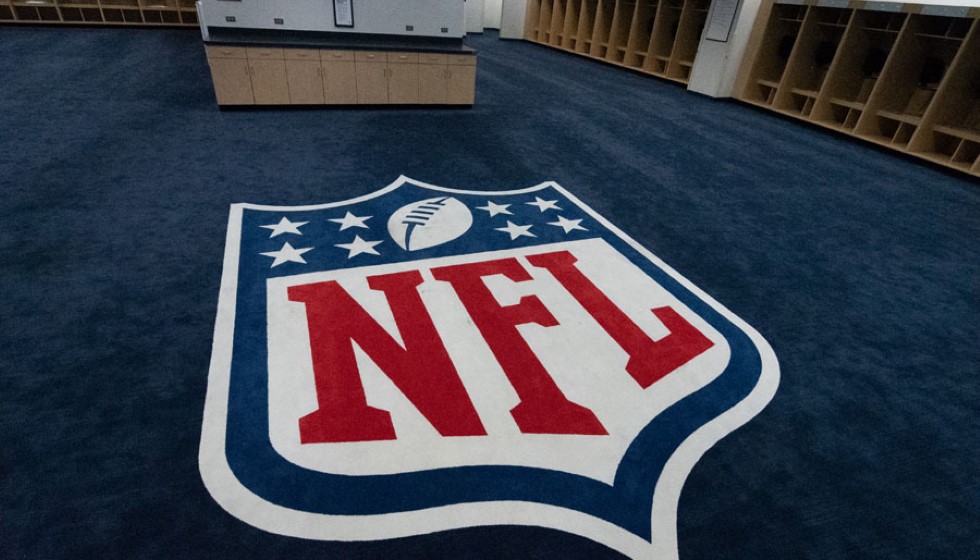
The recent weekend in the NFL was marked by strategic decisions that illustrated the thin line between triumph and despair in the competitive landscape of professional football. Two games went into overtime after teams opted for game-tying extra points instead of taking risky two-point conversions, reflecting the inescapable complexity embedded in coaching decisions.
Denver Broncos vs. Cincinnati Bengals
In a critical matchup between the Denver Broncos and the Cincinnati Bengals, the Broncos found themselves at a crossroads with time slipping away. An eight-second remaining 25-yard touchdown by Marvin Mims Jr. offered them the opportunity to level the score. Ultimately, they opted for the safer route of an extra point, a decision that secured their ticket to the playoffs.
"If the tie element didn't sit in there, it probably would've been a little easier decision," Broncos' head coach Sean Payton candidly remarked. He stood by his choice, noting, "I was comfortable with the decision. We had plenty of time with the decision." Payton's experience in high-stakes situations likely factored into the decision, correlating comfort with strategic prudence.
However, the tension did not relent in overtime. Despite a promising position, the Broncos succumbed to the Bengals when Joe Burrow connected a touchdown pass to Tee Higgins on their third possession, sealing the Bengals' win. Cincinnati's ability to clinch the game emphasized the importance of seizing opportunities in extra time—a skill the Broncos will need to harness going into the playoffs.
Atlanta Falcons vs. Washington Commanders
Elsewhere, the Atlanta Falcons were embroiled in a similarly intense contest against the Washington Commanders. Down to the wire, Michael Penix Jr.'s touchdown to Kyle Pitts brought the Falcons within a point. True to the weekend's trend, they tied with an extra point, sidestepping the precariousness of a two-point conversion attempt.
The overtime period, though, belonged to the Commanders. It was their quarterback, Jayden Daniels, who orchestrated the decisive game-winning touchdown drive on their opening possession, allowing Washington to edge out their opponent.
Todd Bowles, reflecting on the Falcons’ decision-making under adverse conditions, revealed his rationale, "With the wet conditions on the field, we wanted overtime instead of going for two. We had our shots, and we lost the game." It’s a gamble every coach faces: balancing conditions, momentum, and gut instincts—a delicate art that often swings the outcome one way or the other.
The Tale of Statistics and Strategy
The NFL landscape this season has seen teams grappling with their approach during closing sagas, having recorded a 2-10 record after scoring to trim deficits to a single point in the last two minutes. This statistic accentuates the adversity in converting last-minute scenarios into victory—a testament to the unpredictable nature of the sport.
Moreover, the league's success rate for two-point attempts hovers at 40.5%, a figure daunting enough to make any coach think twice before deciding to forgo the certainty of an extra point. When 40.5% can sway one way or another, the coaching decisions of this past weekend speak volumes about the strategic deliberation and gut-feeling judgments faced every Sunday.
Against the backdrop of such challenges, the unblemished record of Patrick Mahomes, who holds a 6-0 mark in overtime during his regular-season career, stands out. It highlights the rare combination of skill and composure needed to navigate the pressurized climate of overtime play.
As teams forge ahead into the crucial stages of the season, the lessons learned from pivotal games will prove invaluable. Coaches like Sean Payton and Todd Bowles exemplify the thoughtfulness and resilience within the coaching fraternity, demonstrating that while victories are celebrated, the decisions leading to those wins are often fraught with intense scrutiny and hidden intricacies.